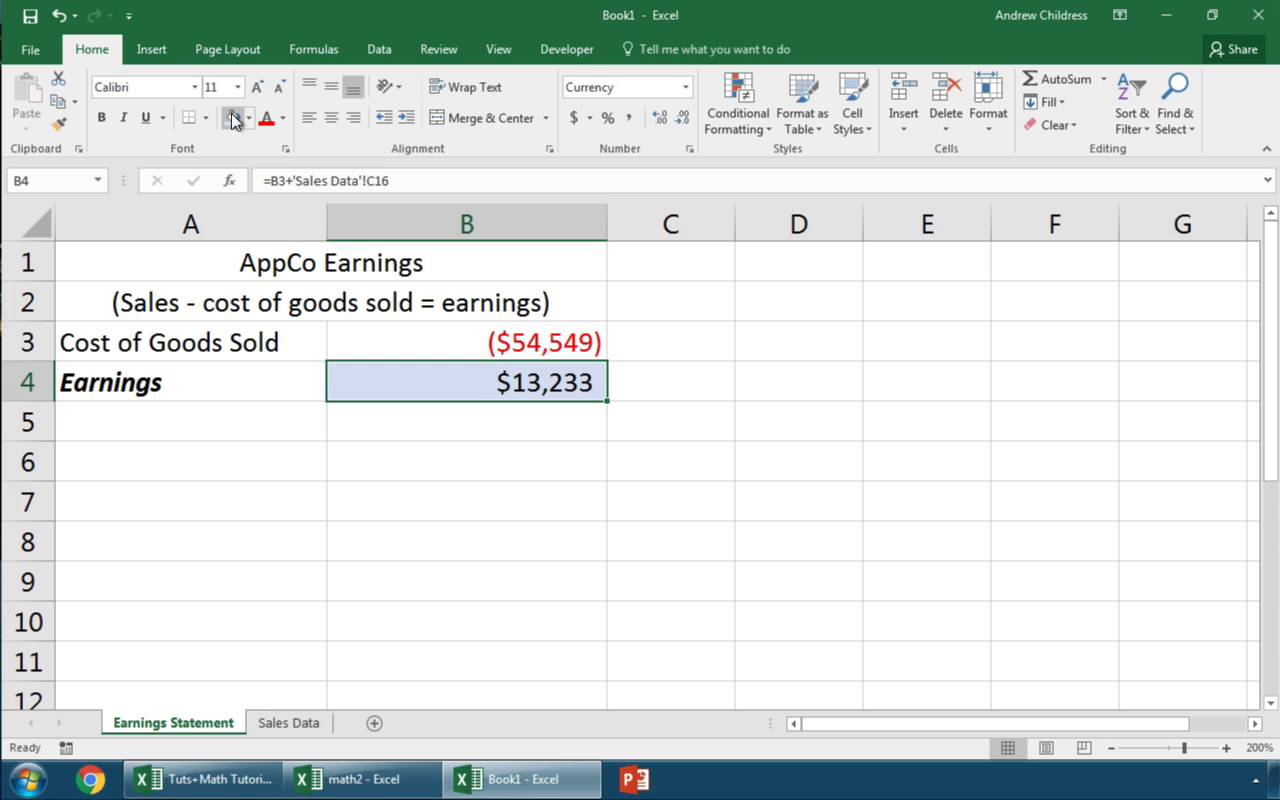Effortlessly Link Excel Sheets: Import Data with Ease

In today's digital era, Microsoft Excel remains a cornerstone for professionals managing vast amounts of data. Whether you're a financial analyst, a data scientist, or an HR specialist, the ability to link data across multiple Excel sheets is crucial for enhancing productivity and accuracy in data analysis. This comprehensive guide will navigate you through the various methods to import and link data between Excel sheets, ensuring you can handle your data with finesse and efficiency.
Understanding Excel Sheet Linking

Before diving into the technical aspects, let's understand why linking Excel sheets is essential:
- Consistency: Data can be updated in one place, reducing the chance of discrepancies.
- Efficiency: Eliminate the need for manual data entry in multiple locations.
- Organization: Keeps related data separate yet accessible.
Linking Excel sheets involves creating dynamic references that pull data from one sheet into another, ensuring data stays current across your workbook.

Methods to Import and Link Data in Excel

1. Using External References (Cell References)

One of the simplest methods to link data is through external references or cell references:
- Direct Reference: In the cell where you want to show data, type = followed by the sheet name, an exclamation mark, and the cell reference (e.g., =Sheet2!A1).
- Structured Reference: Use this for lists where headers exist (e.g., =Sheet2!Table1[@Column1]).
This method allows for real-time data linking, where any changes in the source sheet update automatically in the destination sheet.
2. Import Data via the ‘From Other Sources’ Feature

Excel provides a robust feature for importing data from various sources:
- From Other Sheets: Navigate to the ‘Data’ tab, select ‘Get Data’ > ‘From Other Sources’ > ‘Microsoft Excel’. Choose the Excel file, then the specific sheet you wish to link.
- Power Query: For more complex data manipulation, Power Query offers an interface to transform and filter data before linking.

3. Using VLOOKUP, INDEX, and MATCH Functions

These functions can fetch data from another sheet based on a lookup value:
- VLOOKUP: Search for a value in the first column of a table and return a value from another column. For instance, =VLOOKUP(lookup_value, table_array, col_index_num, [range_lookup]).
- INDEX & MATCH: A powerful combination to look up values vertically and horizontally in Excel. INDEX(array, MATCH(lookup_value, lookup_array, [match_type])) can be used to retrieve data.
4. Using Excel’s PowerPivot

For users dealing with complex data relationships:
- Create Relationships: Import tables from different sheets into PowerPivot, then create relationships to connect the data.
- Data Models: Visualize and manage data using the Data Model, allowing for sophisticated linking and analysis.

Key Considerations for Data Importing and Linking

⚠️ Note: When linking data, ensure source sheets are located in the same workbook or linked correctly if in different workbooks to avoid broken links.
1. File Locations

When linking across files, keep them in the same directory or use full path names to prevent errors:
- File paths: Use UNC (Universal Naming Convention) paths or absolute paths for linking between workbooks.
2. Data Integrity

Maintain the integrity of your data by:
- Validating linked data to ensure accuracy.
- Implementing error checks to catch and correct inconsistencies.
3. Performance

Large datasets can slow down Excel:
- Optimize formulas, use Excel tables for automatic expansion, and consider using Excel’s Analysis Toolpak for large-scale operations.
Linking and importing data between Excel sheets streamlines data management, enhances accuracy, and saves time. This guide has highlighted several methods, from basic external references to advanced PowerPivot functionalities, providing tools for both novice and expert users. By mastering these techniques, you'll harness Excel's full potential to handle complex data sets with ease.
How can I refresh data in linked sheets automatically?

+
Excel automatically refreshes linked data when changes occur in the source sheet. However, for larger datasets, you can manually refresh or set up automatic refresh options in the ‘Connections’ properties.
Can I link data between sheets in different workbooks?

+
Yes, you can link sheets from different workbooks using the same methods described above, ensuring you keep track of file paths and ensure both workbooks are open or use a formula that incorporates the file’s full path.
What happens if I delete or rename a source sheet with linked data?

+
Deleting or renaming a source sheet will break the link, causing #REF! errors in cells where data was linked. Always update or relink if you make changes to source sheets.
How do I handle broken links in Excel?
+Excel provides options to edit links, where you can relink or break them. Navigate to ‘Data’ > ‘Edit Links’ to manage links.
Is there a way to minimize linking errors?
+Regularly check and update links, use full path names for external workbooks, and set up a file structure that is not prone to changes in location to minimize linking errors.